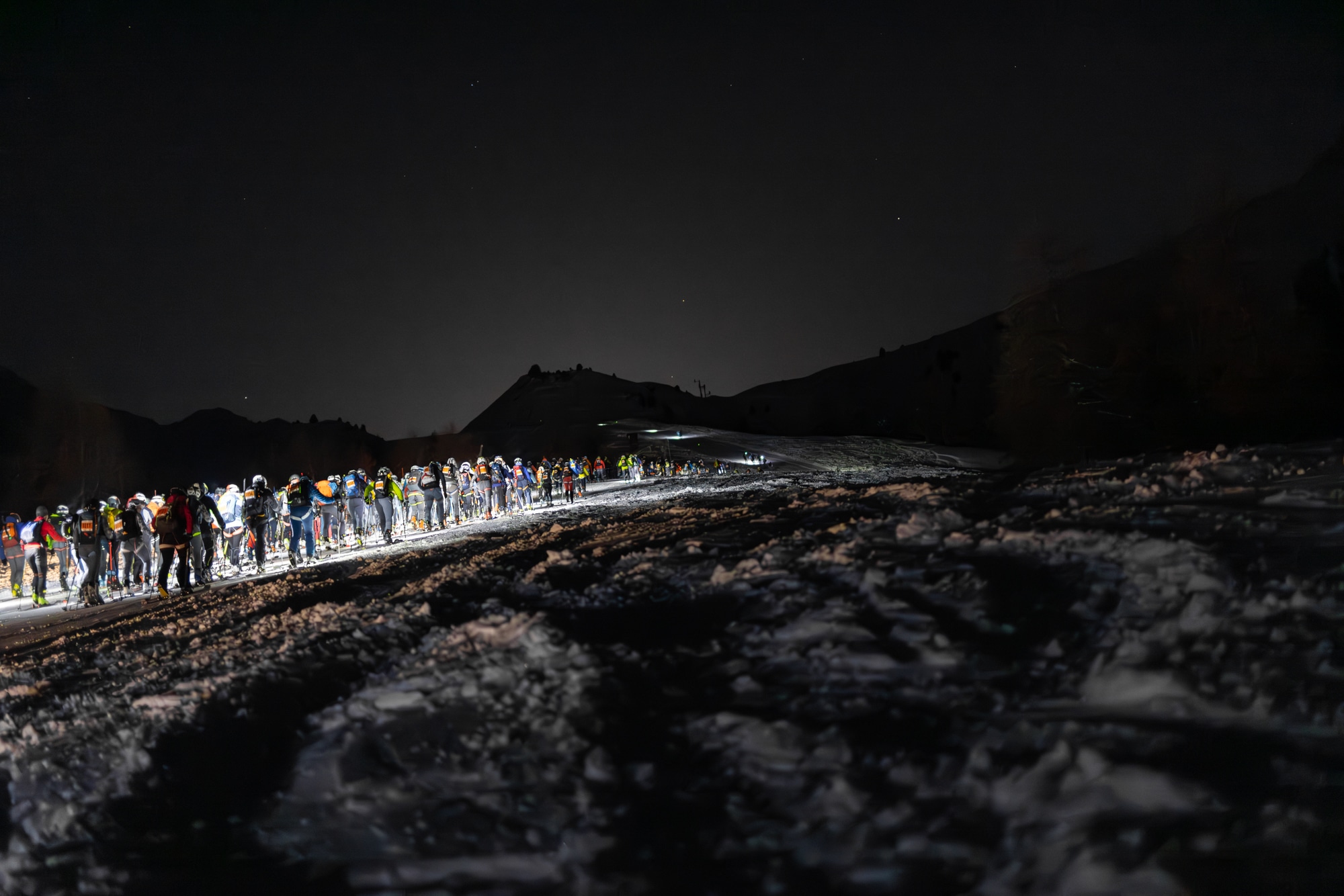Life happens—meaning busyness. Dialing in a practical training plan for the PDG and juggling life’s odd and ends…it can be done.
I’d like to think that in my chest beats the heart of a warrior, but if I am being honest with myself, I’ll have to settle for the heart of a weekend warrior. I am a part-time fanatic. And yet, I am a sucker for Lycra, skinny skis, and tight hip-flexors; I am a glutton for going too far too fast; I am always hungry to ski bad snow in the dark, eat too much big vert, and complain about cold toes; I am, much to my own chagrin, a skimo racer.
How then, am I to reconcile such unreasonableness with my aging knees and day job? Can maximum effort and dad strength bridge a growing gap of falling out of shape? Can I juggle both an insatiable hunger for more with an inner nature that holds the lazy marmot as my spirit animal? Can I have fun and train for race day? While success is far from guaranteed, I am on the road to answer these questions: here is my story.
I moved to Colorado in 2010. I was invincible, as all boys in their 20s are. When a friend asked if I would do the Grand Traverse with him, I said sure without having any real sense of what I’d signed up for. K2 Coombacks and a 4-buckle boot worked great skiing couloirs in Rocky Mountain National Park, so I figured they’d surely be fine… I left Crested Butte a ski mountaineer, 40 miles later I skied into Aspen a rando racer. Man did it hurt, but I was hooked. Skis got smaller, boots got lighter, eventually I found myself in spandex.
I moved to Alaska seven years ago. Little skis were nowhere to be seen. I hung up the race suit, but found inspiration in using race skis for seeing the mountains. The Eklutna Traverse has about the same stats as the GT, plus some big glacier crossing for good measure. The Bomber Traverse isn’t too dissimilar from the Gothic Mountain Tour. The Turnagain Traverse isn’t far off the Po4. Little skis in big mountains are a hoot! But alas, the pull of race day whispered.





